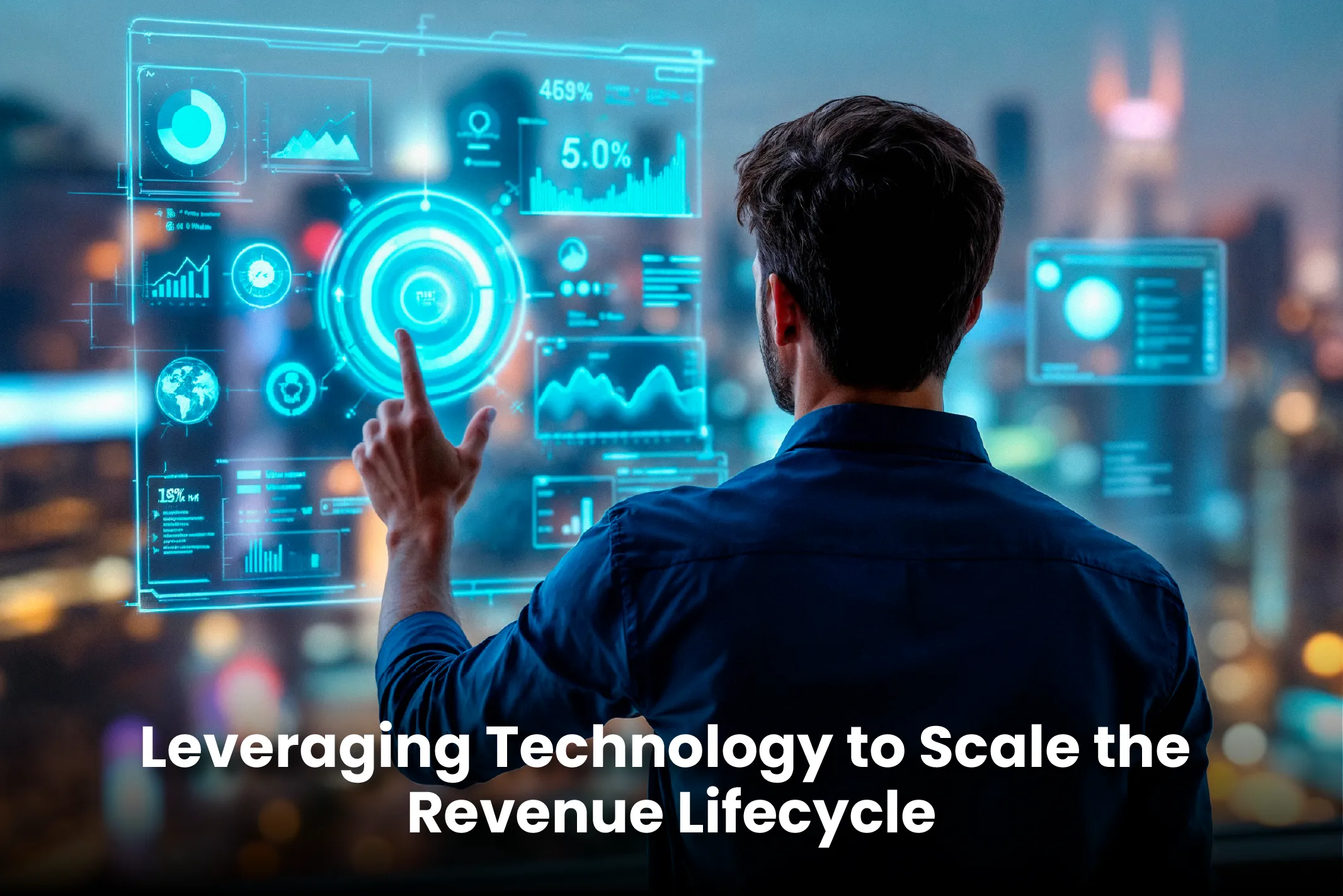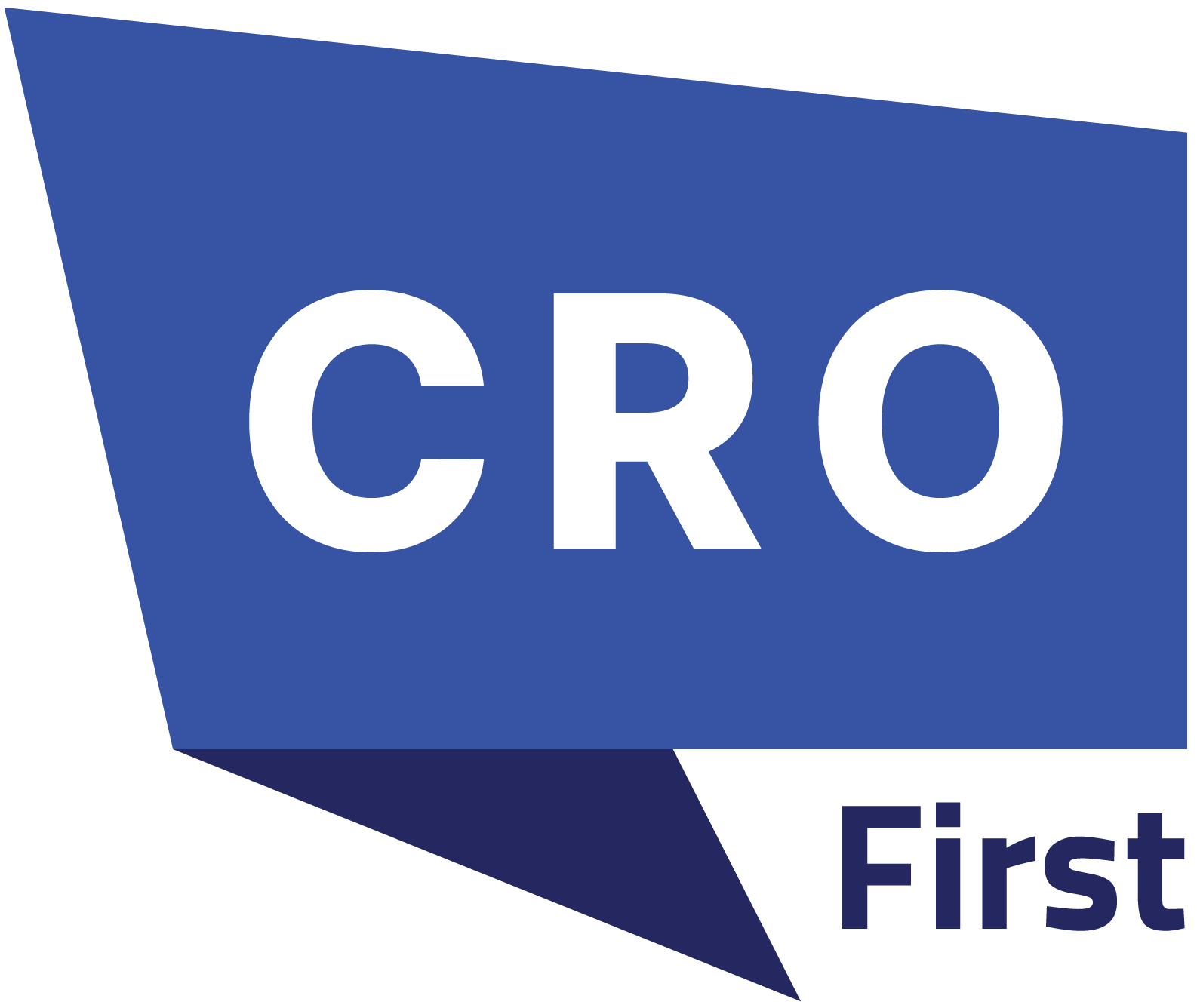Meta Description: Unlock the secrets of the revenue lifecycle with actionable strategies to boost profitability. Learn how acquisition, retention, and expansion drive sustainable growth.
Introduction: The Art and Science of Revenue Growth
Imagine two startups launching in the same industry. One startup focuses solely on aggressive marketing to attract customers, while the other invests in nurturing relationships and upselling to existing clients. Within a year, the latter achieves significantly higher profitability despite a smaller marketing budget. The difference lies in mastering the revenue lifecycle.
In today’s competitive landscape, businesses can no longer view revenue as a one-time transaction. Instead, it’s a dynamic cycle requiring strategic management at every stage—from attracting prospects to turning customers into brand advocates. This article delves into the Revenue Lifecycle Playbook, providing actionable insights to help maximize profitability by balancing human connection with data-driven decision-making.
Also Read: LifeStreet Expands AI-Powered Media Buying Platform to Lead Acquisition Industry
Understanding the Revenue Lifecycle
The revenue lifecycle maps the customer journey, starting from initial awareness and extending to loyal advocacy. By optimizing each phase, businesses create a self-sustaining system where satisfied customers drive repeat purchases, referrals, and long-term growth.
The key stages in this lifecycle include attracting potential customers, converting prospects into paying users, keeping customers engaged, upselling or cross-selling to increase revenue, and turning loyal customers into brand promoters.
Acquisition: Fueling the Funnel with Precision
Acquisition involves more than just reaching a broad audience; it’s about targeting the right people with the right message. Leveraging data-driven tools such as analytics platforms can help identify high-intent audiences, ensuring outreach efforts are precise and impactful. Creating value-driven content that addresses customer pain points can also establish trust and credibility. For instance, case studies or informative webinars can resonate with potential customers.
Referral programs are another powerful tactic, as demonstrated by companies that achieved exponential growth through incentivized user referrals. However, a common pitfall to avoid is an over-reliance on paid ads without refining audience segmentation. Balancing paid and organic strategies ensures cost efficiency and sustainable growth.
Activation: Turning Prospects into Paying Customers

The activation stage is crucial in forming the first impression. A seamless onboarding experience builds trust and reduces churn. Personalized onboarding strategies, such as interactive tutorials or automated welcome messages, can help users quickly understand and appreciate the value of a product or service.
Allowing users to experience core features for free through freemium models often converts prospects into paying customers. Simplifying the user journey with clear and compelling calls to action encourages quicker decision-making. Businesses should also monitor key metrics to identify and resolve friction points in the activation process.
Retention: The Goldmine of Repeat Business
Retention holds immense potential for profitability since retaining an existing customer is far more cost-effective than acquiring a new one. Companies can implement loyalty programs to incentivize repeat purchases, providing rewards that strengthen emotional connections with the brand.
Proactive support systems, such as chatbots and CRM tools, enable businesses to resolve customer issues quickly, fostering satisfaction and loyalty. Additionally, re-engagement campaigns, such as tailored offers or personalized emails, can rekindle relationships with inactive customers. Increasing retention rates, even modestly, can yield significant improvements in profitability.
Expansion: Growing Revenue from Existing Customers
Upselling and cross-selling to existing customers present opportunities for revenue growth without incurring acquisition costs. Predictive analytics tools help businesses identify customer needs, allowing for tailored recommendations that align with their preferences. Bundling complementary products or services can also encourage higher-value purchases.
Assigning dedicated customer success managers to oversee high-value accounts ensures personalized attention, increasing the likelihood of upselling. Companies that successfully expand their offerings often double their revenue per customer by addressing broader needs or diversifying their product portfolios.
Advocacy: Harnessing the Power of Word-of-Mouth
Advocacy is the stage where loyal customers transform into powerful brand ambassadors. Happy customers naturally share their positive experiences, leading to higher-quality referrals and faster conversions. Offering referral incentives, such as discounts or exclusive perks, motivates customers to recommend the brand.
Encouraging user-generated content, such as reviews and testimonials, builds trust among potential customers. Establishing a sense of community through social groups or forums further strengthens customer connections, leading to organic promotion of the brand. Tracking advocacy metrics, such as Net Promoter Score, helps identify and nurture potential advocates.
Leveraging Technology to Scale the Revenue Lifecycle

Technology plays a pivotal role in optimizing the revenue lifecycle. CRM systems centralize customer data, enabling businesses to deliver personalized experiences. Predictive analytics tools forecast trends and identify areas for improvement, while AI-powered chatbots enhance response times and streamline customer interactions.
For instance, companies leveraging machine learning to optimize pricing or recommendations have reported substantial increases in bookings and revenue. Automation and analytics act as force multipliers, driving efficiency and scalability across the lifecycle stages.
Common Pitfalls and How to Avoid Them
Ignoring customer feedback is a major risk, as it prevents businesses from addressing evolving needs. Companies must regularly survey customers to stay aligned with their preferences. Siloed teams also hinder success; aligning sales, marketing, and support functions ensures cohesive efforts. Additionally, overlooking data security can erode customer trust, making robust cybersecurity measures a critical investment.
Conclusion: Building a Sustainable Revenue Engine
Mastering the revenue lifecycle requires continuous effort and customer-centric decision-making. By optimizing each stage, businesses can unlock consistent growth, stronger customer loyalty, and a competitive advantage.
The journey toward profitability begins with auditing the current lifecycle strategy. Identifying areas for improvement, such as refining onboarding processes or launching referral programs, allows businesses to take actionable steps and measure their impact.
Sustainable revenue growth is within reach for companies that embrace the dynamic nature of the lifecycle and commit to serving their customers with intention and innovation

